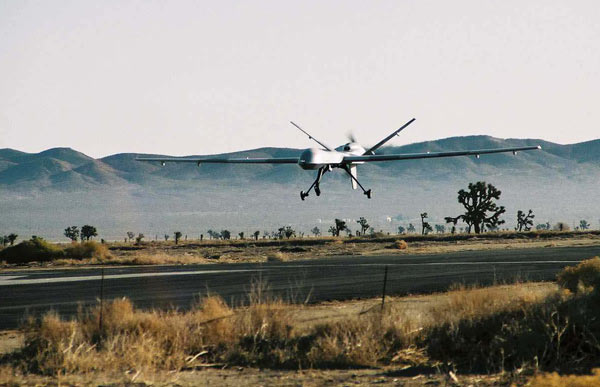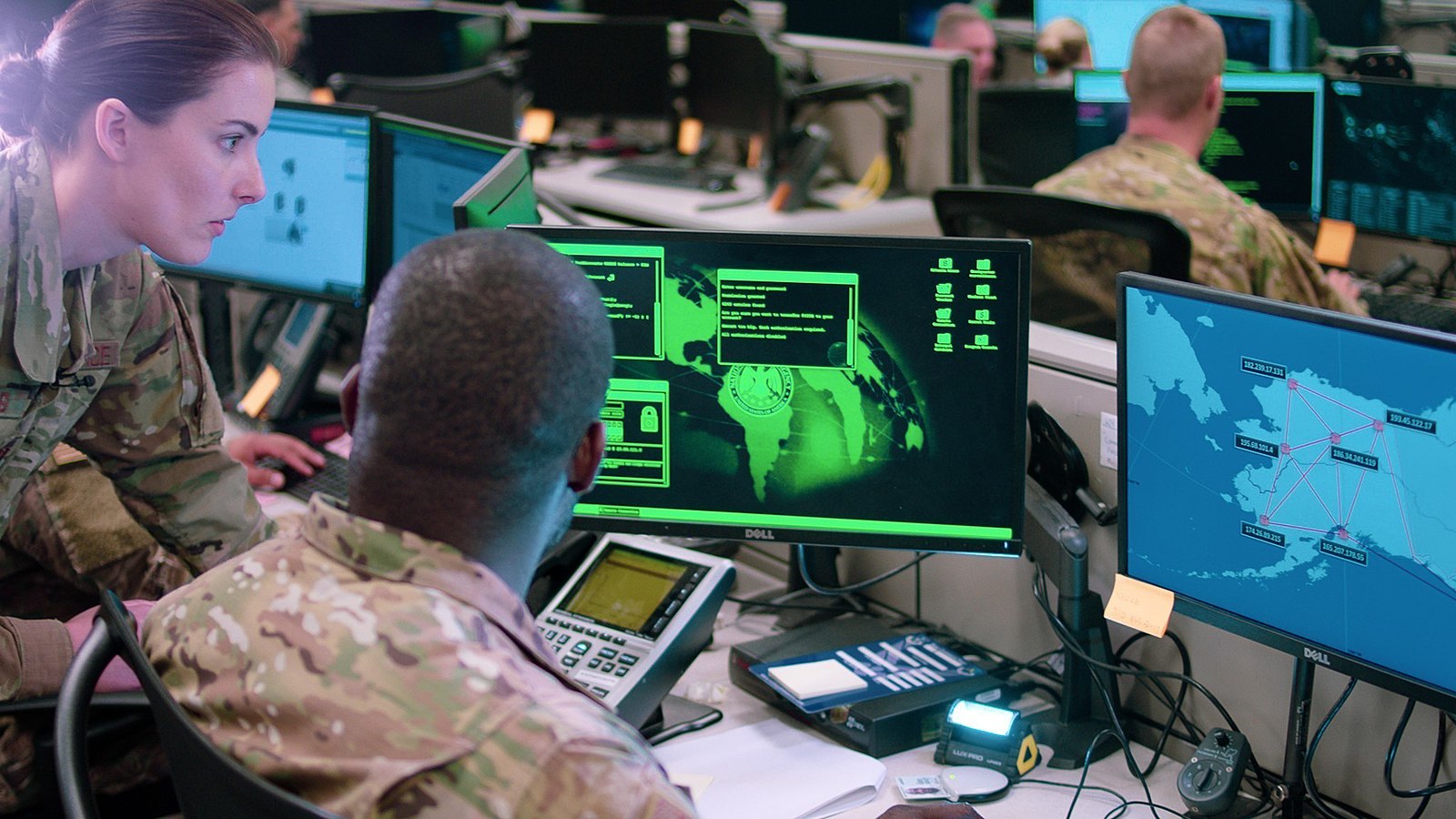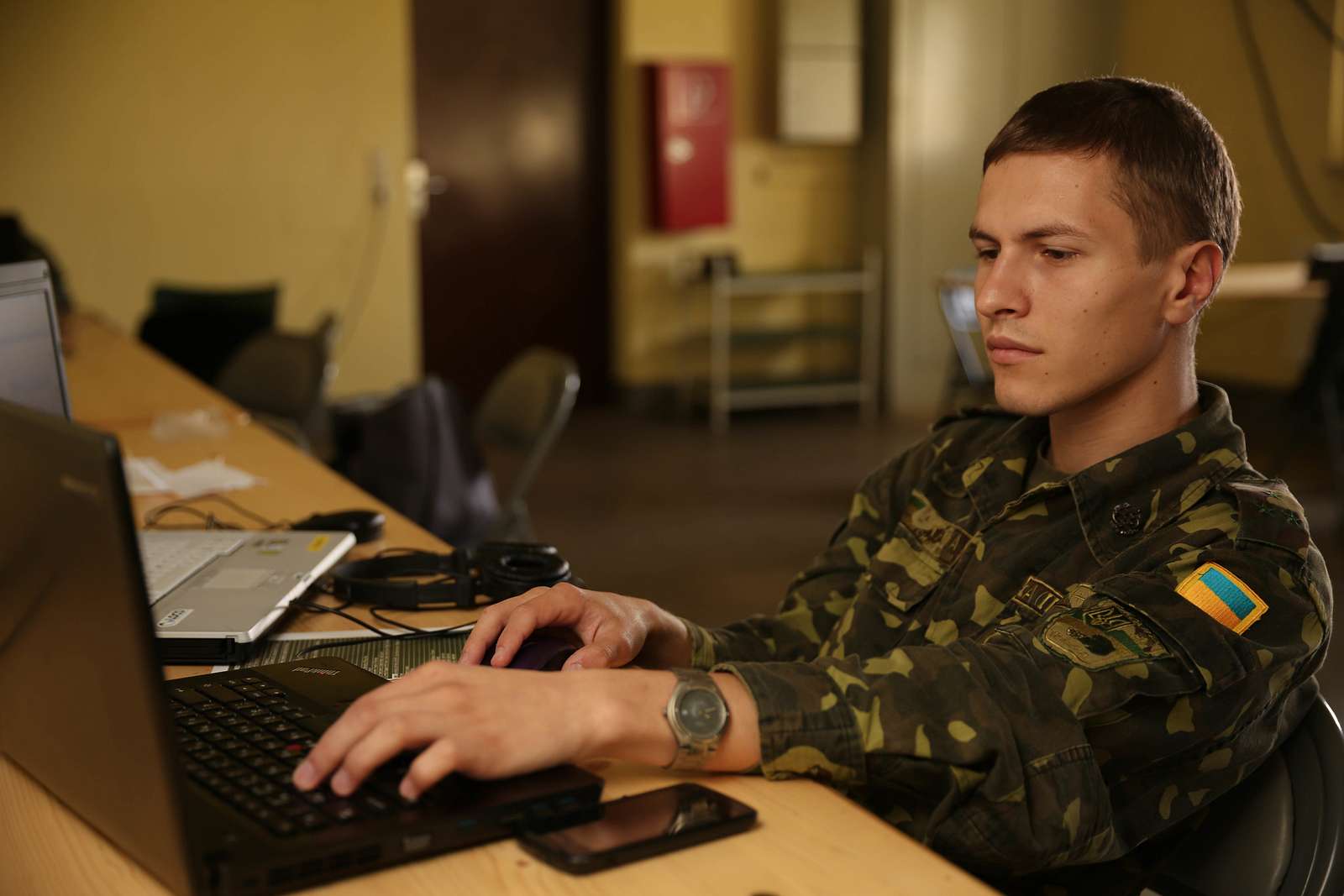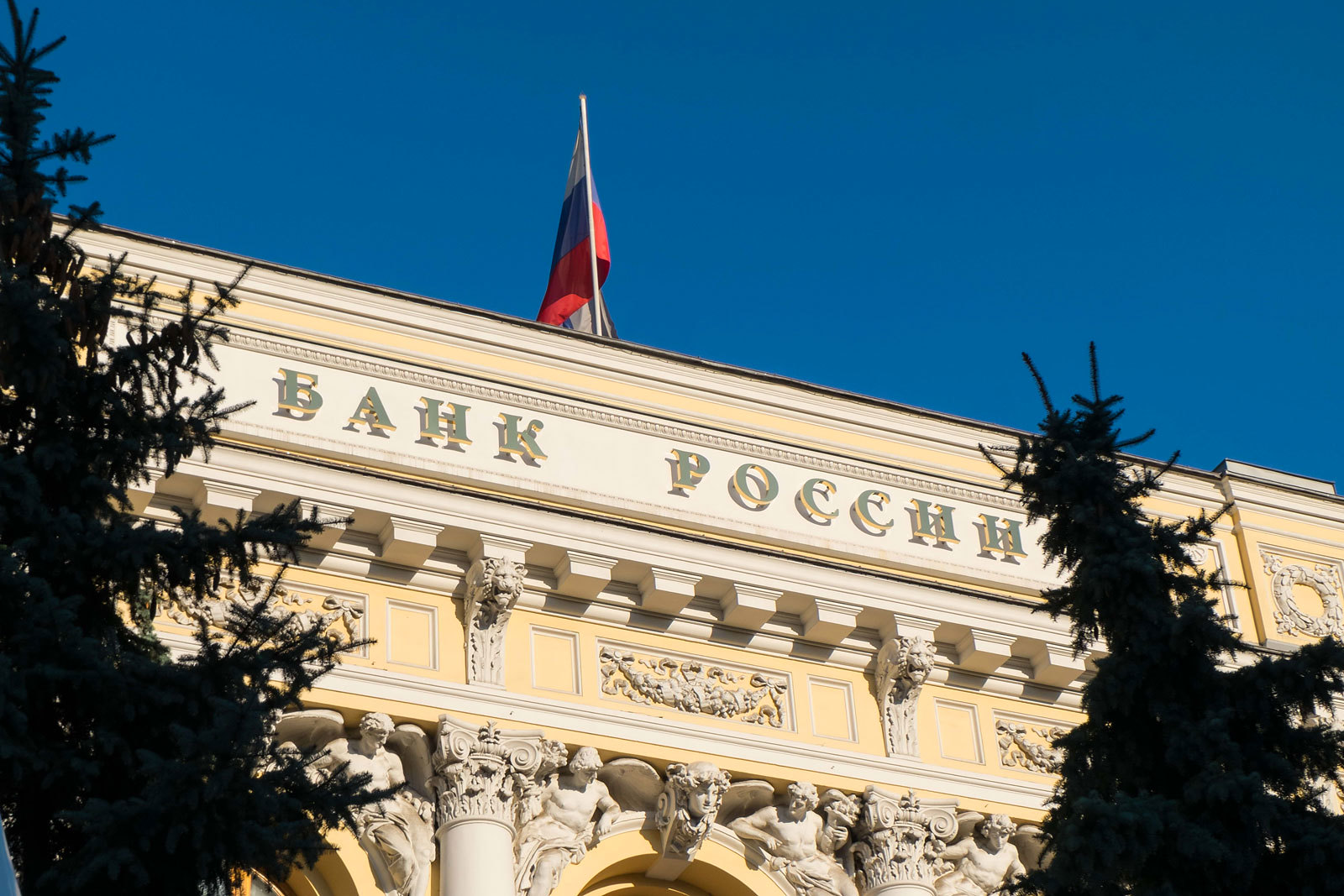A Revived CIA Drone Strike Program? Comments on the New Policy
In yesterday’s Wall Street Journal, Gordon Lubold and Shane Harris reported that President Trump “has given the Central Intelligence Agency secret new authority to conduct drone strikes against suspected terrorists, … changing the Obama administration’s policy of limiting the spy agency’s paramilitary role and reopening a turf war between the agency and the Pentagon.” The article is sparking a lot of hand-wringing. Should it?

Published by The Lawfare Institute
in Cooperation With

In yesterday’s Wall Street Journal, Gordon Lubold and Shane Harris reported that President Trump “has given the Central Intelligence Agency secret new authority to conduct drone strikes against suspected terrorists, … changing the Obama administration’s policy of limiting the spy agency’s paramilitary role and reopening a turf war between the agency and the Pentagon.” The article is sparking a lot of hand-wringing. Should it? Below, I review the status quo ante, clarify what the new policy appears to be, and then explore whether the new policy really warrants concern.
What was the status quo during the Obama administration?
There is no doubt that President Obama was interested in reducing CIA involvement in the use of lethal force. There were several reasons for this. First, CIA drone strikes take place under Title 50 covert action authority, meaning that the operations are not meant to be acknowledged. The Obama administration understood that it is important, at least in some instances, to make a strong public case explaining such strikes in the face of persistent claims of mistaken identity or excessive collateral damage, and more generally it sought to promote norms of transparency and accountability for the use of lethal force. It felt it could not do so with respect to Title 50 activities. Second, some felt that the intense focus on the manhunting mission distracted CIA from its core collection and analysis missions. Meanwhile, there were many (at least on the outside) who claimed that CIA is subject to insufficient legislative oversight, and that CIA lacks the military’s culture of compliance with the law of armed conflict. For all these reasons, and perhaps others as well, the Obama administration repeatedly asserted an interest in shifting some if not all drone strike responsibility over to the military.
But there were serious obstacles. For one thing, CIA was quite good at these operations, thanks both to its deeper experience and the fact that it was often the entity best-positioned to gather the actionable intelligence necessary for such strikes in the first place. For another, some host states (like Pakistan) insisted, as a condition of their cooperation, that no U.S. military personnel be involved. This 2013 article by Greg Miller in the Washington Post brings out both points very effectively. The same article emphasizes, however, that the Obama administration was pushing to limit the CIA role as much as possible within these constraints, and adopted new rules to this effect sometime in 2013.
It is very hard to tell, from the outside, how much things changed over the final few years of the Obama administration. That said, Lubold and Harris's article states that, by the end of Obama’s time in office, “standard practice” had become a “hybrid” approach in which CIA performed the manhunting mission before handing the package off to the military to perform the actual attack.
Has CIA’s role now been expanded in general, or only as to certain locations?
It is not clear that the new policy (adopted by President Trump very shortly after his inauguration) at this time extends beyond the borders of Syria. The article gives one example of a strike conducted under this new policy—a February attack on an al Qaeda target in Syria—and suggests that there is now a broader debate underway within the administration regarding the respective roles of the military and CIA in relation to counterterrorism. (The article also notes an alleged strike in Pakistan recently, which might be a product of this policy, or might actually be consistent with past practice—recall the CIA long had the exclusive role there—or might not have been a U.S. drone strike after all.)
Does the shift really matter?
For some observers, as noted above, the case for objecting to a restored CIA lead role has everything to do with keeping CIA focused on intelligence and analysis, and limiting its institutional focus on paramilitary activity. But I think most of the hand-wringing flows from the concern summarized in this passage in yesterday’s article:
Human rights groups believe the Defense Department, with its culture and legal requirement to be more publicly transparent and accountable, is where drone operations should be rooted. … [The ACLU said] the Pentagon should be used for such strikes because it is more publicly accountable to policy makers, members of Congress and the American public.
This is a common refrain, so common it seems hard sometimes to get people to consider the possibility that it might be wrong. And yet it might be.
With respect to the particular counterterrorism missions at issue here—that is, the meticulous identification and tracking of specific terrorists and the eventual use of an airstrike to kill them—it is not at all clear that CIA is less accountable and less concerned with relevant legal constraints than the military. Thanks in particular to the efforts of Chairman Mac Thornberry of the House Armed Services Committee, lethal operations conducted by the military for counterterrorism purposes outside areas of active combat operations are now subject to an increased degree of oversight by the armed services committees. But it is not clear that this is more extensive than the oversight regime the intelligence committees preside over with respect to CIA. And it certainly is not the case that the relevant military command—Joint Special Operations Command—is known for transparency and public accountability different in significant degree from CIA, nor that there is any reason to think of JSOC and CIA as being different in terms of responsiveness to policymakers. Some may jump to the conclusion that JSOC will have a culture of legal compliance vis-à-vis the law of armed conflict that CIA lacks, but CIA has long maintained that it has embraced that has long since adopted such a culture and I have not seen evidence showing otherwise. Indeed, it is striking that yesterday’s article includes the following:
Both agencies take steps to determine the validity of targets before striking. When it comes to vetting targets, the CIA uses a higher, or “near certainty,” standard, while the Defense Department relies on “reasonable certainty” in war zones, though it adheres to the higher standard when operating elsewhere.
In the final analysis, then, the real differences seem to be these:
- CIA drone strikes take place under color of Title 50, and official public statements about the consequences of particular strikes accordingly are difficult to make and cannot be done as a matter of course. Identical operations conducted by JSOC under color of Title 10 don’t pose this problem. Of course, it's not clear that the Trump administration will continue Obama-era policies pursuant to which the government will take advantage of this freedom in order to make such disclosures.
- Some host governments will tolerate a CIA presence but not a military presence.
- Even under a policy forbidding CIA from playing the trigger-pulling role, the CIA will remain a significant if not dominant part of the kill chain because of the central role played by intelligence collection and analysis in that kill chain. The fight over who pulls the trigger, from this point of view, concerns which type of official is in a position at the final moment to apply distinction and proportionality principles to the evolving fact pattern. In that respect, recall the quote above regarding the stricter deliberative standard CIA reportedly applies.
All things considered, then, there are reasons to favor JSOC in some settings, but CIA in others.





